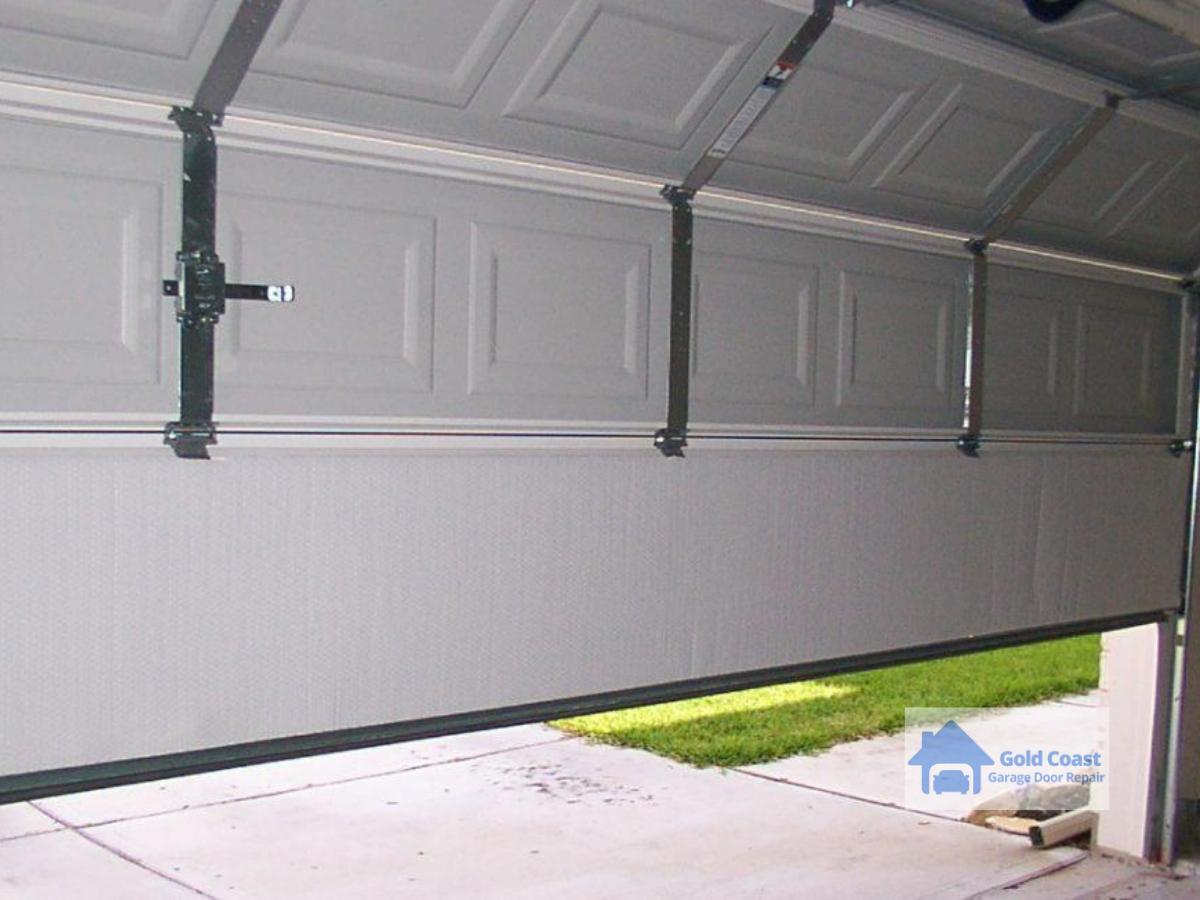Auto mechanics interact directly with clients, making customer service a critical part of their job. They must effectively communicate what work is required and why, as well as explain how to avoid future problems.

Keeping up with routine maintenance can help prevent costly repairs later on. For instance, engine oil that is clean and at the right level helps keep the car running smoothly. Contact Auto Repair In Antioch CA for professional help.
We’ve all heard the stories of drivers who end up stranded miles from home, facing a pricey repair bill they “never saw coming.” But taking care of your car and getting regular maintenance done can help you avoid these surprises.
There’s a lot you can do to prevent costly repairs, but it takes effort and knowledge. Keeping up with basic car maintenance tasks, learning to recognize early warning signs and working with a trustworthy mechanic can help you save money in the long run.
A vehicle’s most critical component is its engine, and the easiest way to ensure it remains in good condition is with routine oil changes. Changing the oil regularly keeps the car running smoothly and prolongs its lifespan.
Other easy car maintenance tasks include checking the tires (making sure they’re properly inflated), examining headlights for cracks or burnt out bulbs, and ensuring all fluids are at their proper levels. If you’re unsure of which fluids your car uses, refer to the owner’s manual or contact the manufacturer for recommendations.
It’s important to follow up on vehicle recalls, as well. Many manufacturers will repair or replace parts and components affected by recalls for free, even if the car is out of warranty. It’s also important to take your car to a shop that works on the same type of vehicle as yours, as this can often lead to more cost-effective service.
Often, an auto repair issue will not come with any symptoms, so it’s essential to check your car regularly for issues. Look for signs of wear and tear, like unusual noises when turning the engine on or engaging the brakes, and listen to your car to hear if it’s operating normally.
It’s also a good idea to ask the mechanic about his or her qualifications before allowing them to work on your car. Find out whether the person is ASE-certified and what that certification means for his or her skill level and experience. You can also check with the state licensing board to find out if any complaints have been filed against the shop.
Learn the Warning Lights
Modern cars are packed with sensors that connect to warning lights and symbols on the dashboard. Generally, they work much like traffic lights: red demands immediate attention and indicates there may be a problem; yellow/amber alerts you to a possible issue and recommends getting it checked soon; green indicates everything is working correctly. Some of the most common car warning lights are:
Engine Warning Light: Often represented by an engine symbol, this indicates there is a problem with the vehicle’s engine. This might be due to low oil, a faulty sensor or another issue. If this is a constant problem, it’s time to take your car into a mechanic.
Fuel Gauge Warning Light: If your fuel gauge is at the red line, this means that you need to fill up your gas tank as soon as possible. This will prevent your engine from running out of gas and potentially grinding to a stop while driving.
Traction Control/Stability Control Light: Typically depicted as a car with two squiggly lines underneath, this indicates that there’s a problem with your vehicle’s stability and traction control systems. This could be a simple sensor issue or something more serious, like an electrical short. If you notice any skidding while driving, you’ll want to get this checked out.
Battery Warning Light: Shaped like a battery, this warning light will illuminate when there’s an issue with your vehicle’s charging system or battery. You’ll need to replace your battery or alternator if this is an ongoing problem.
Various Warning/Indicator Lights
Depending on your car, there might be other warning or indicator lights that appear on the dashboard. Some of them relate to safety features, such as blind-spot warning lights and lane departure warnings. Others are related to mechanical issues, such as a leaking tire, low battery or engine overheating.
It’s important to know what these warning lights mean so that you can avoid any major problems down the road. If any of these warning lights turn on while you’re driving, it’s important to pull over and call your breakdown cover provider right away.
Keep the Right Tools in Your Trunk
Keeping tools in your trunk can help you deal with minor issues before they become major ones. A solid set of wrenches can be invaluable if you lose a bolt or screw, and an air compressor can help inflate your tires. You may also want to keep a tire pressure gauge, seat belt cutters (commonly combined with a window breaker), and duct tape. Depending on your state’s laws, you may even want to include a first-aid kit and a flashlight with batteries or a hand-crank.
If you’re stranded on the side of the road, having these emergency items in your vehicle can save you time and money. You should also have a good map and directions, and a tarp to cover your car if it gets dirty. Adding a small toolbox to your trunk can be a great idea to store many of these tools, as well as spare fuses and a jumper cable.
Another way to protect yourself against overcharging is to have your repair shop sign a written estimate or work order. Your repair shop is required to give you a copy of the work order, and it must contain a description of each repair, including any parts replaced and their costs. It must also indicate whether or not replacement parts are new, used, or reconditioned, and it must show the odometer reading at the time of the repair.
If your repair shop is accused of overcharging or performing unnecessary repairs, you have the right to file a complaint with your local Department of Motor Vehicles (DMV). A DMV customer service representative will attempt to resolve your problem by talking with the repair shop and/or manager. If this doesn’t resolve your issue, your case will be referred to an inspector who will look into the matter. If the DMV determines there were violations, it may issue a warning or suspend or revoke the repair shop’s license.
If you have questions or concerns about auto repairs, it’s important to consult a professional who is certified by the National Institute for Automotive Service Excellence (ASE). An ASE-certified mechanic will be trained in all areas of car maintenance and repair. They will be able to diagnose problems and perform necessary services, so you can feel confident you’re getting the best repair service for your car.
Take Your Car to a Trusted Mechanic
You’re much better off trusting an experienced, knowledgeable auto mechanic with the important job of keeping your car running. They can conduct routine maintenance and handle unexpected repairs without a hassle. Taking the time to build a relationship with a mechanic can also save you money in the long run, as they may charge less for services than a shop that does not know your vehicle or its history.
There is nothing worse than getting ripped off by an unethical auto mechanic. It’s one of the most common complaints that people have about the auto repair industry, and it’s a major reason why so many people avoid going to the shop altogether. While it is important to learn how to do simple maintenance, it’s best to leave the complicated work to professionals.
One of the best ways to find a reputable mechanic is to crowdsource your search. Ask friends and family members for recommendations, and look at online reviews of shops in your area. It is also a good idea to make sure that the mechanic you hire is ASE certified, as this shows that they have the skills and training necessary for your specific car.
Once you’ve found a mechanic that you trust, ask them to give you an estimate for the work that needs to be done before they start working on your car. This will help you get an idea of how much the repairs will cost and will also let you know if the price is fair. Be sure to take the time to compare prices from several different mechanics and shops before making a decision.
Another way to avoid being ripped off is to do your research on how a particular part or fluid works before you bring your car in for repair. This will help you determine if the mechanic is just trying to upsell you or is actually diagnosing the problem correctly. You can do this by doing a simple Google search, typing in the name of the part or fluid along with your make and model number.


